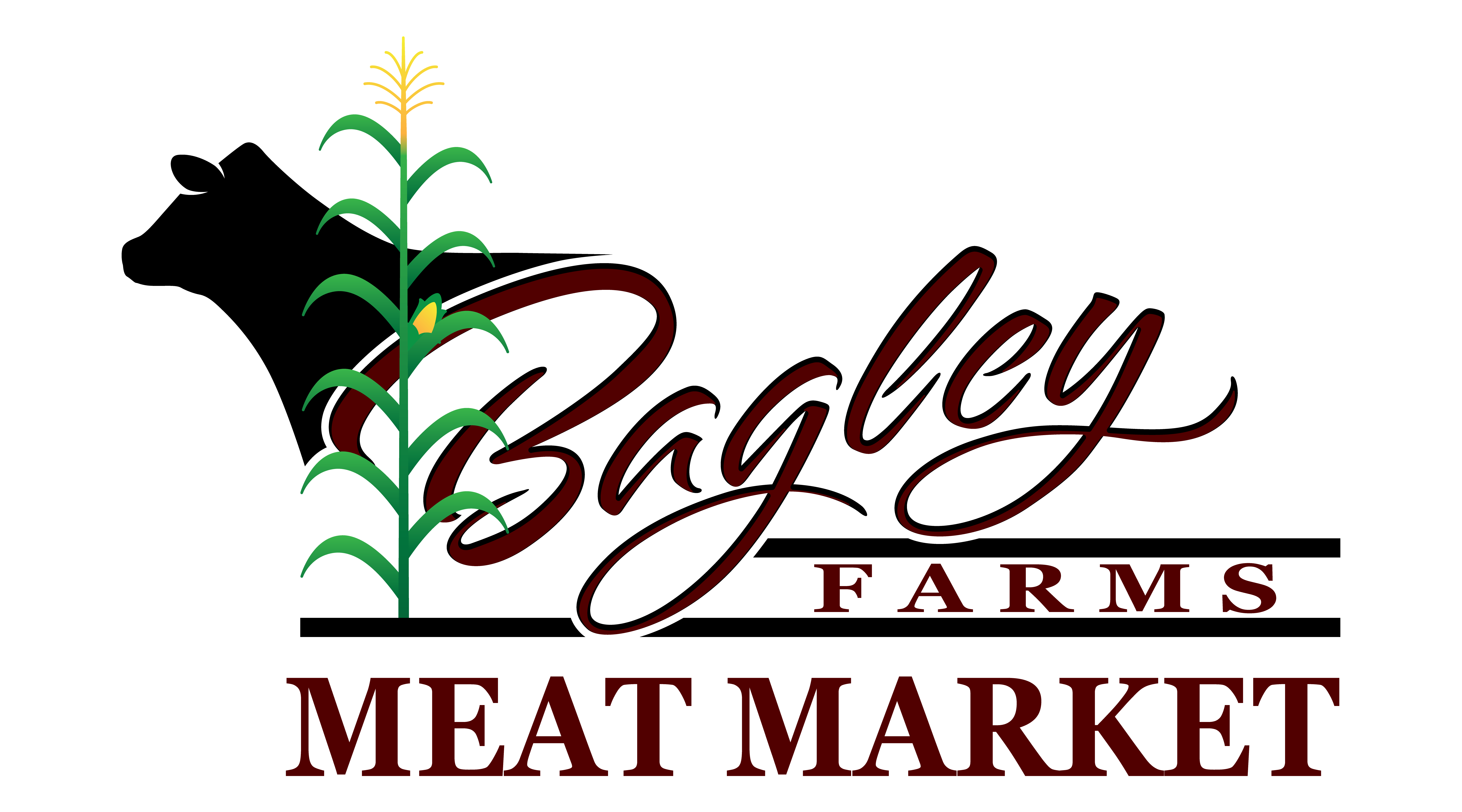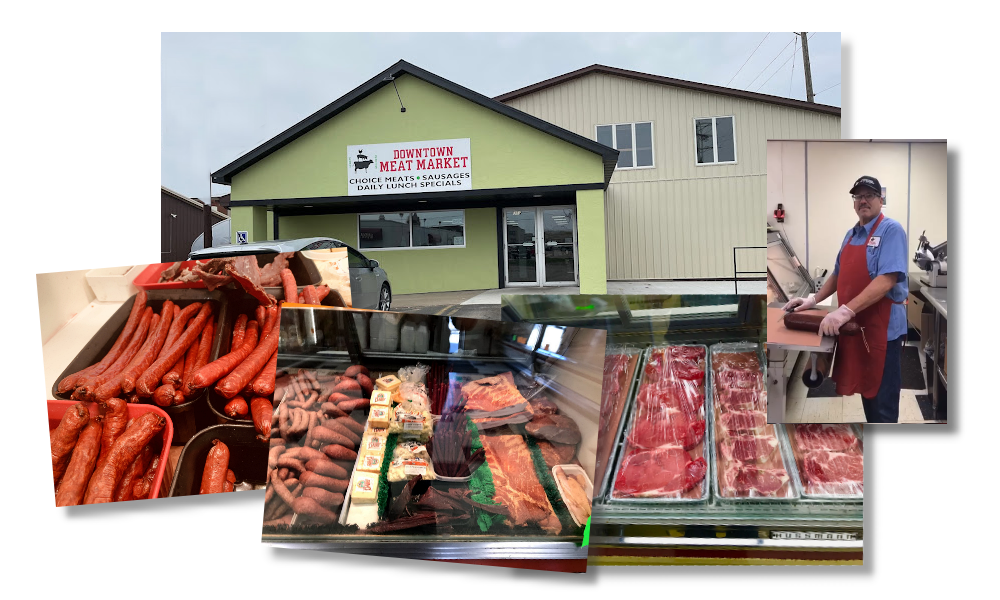Reveal the Art of the Butcher's Cut in a Modern Meat Market
In the ever-evolving landscape of contemporary meat markets, the butcher's cut has actually transcended its conventional roots, combining age-old workmanship with contemporary practices. Today's butchers are not just processors of meat; they are educated craftsmens who stress sustainability and moral sourcing. Their expertise in choose and preparing cuts tailored to certain cooking demands offers an unmatched dining experience. What really sets the contemporary butcher apart is their ability to create a much deeper connection between customers and the beginnings of their meat. Exactly how do these masters equilibrium tradition with innovation, and what ramifications does this have for the future of meat intake?
Advancement of Butchery Strategies
The development of butchery strategies shows an abundant tapestry of technology and adaptation driven by innovations in innovation, modifications in consumer need, and a much deeper understanding of meat science. Historically, butchery was a craft gave through generations, with techniques refined over centuries to take full advantage of yield and flavor. The industrial change ushered in mechanization, transforming traditional methods and enabling large-scale processing.
The mid-20th century saw butchery techniques better improved by scientific understandings right into muscle biology and meat aging, improving both tenderness and taste. Innovations like vacuum cleaner product packaging and refrigeration prolonged product shelf-life, permitting butchers to expand offerings and improve quality assurance. This duration likewise noted the rise of specific devices, such as band saws and meat slicers, which increased precision and performance in meat handling.

The 21st century has actually presented electronic innovation right into the butchery realm. Computerized systems now help in tracking animal provenance and enhancing cuts to meet specific customer choices. Furthermore, a resurgence in artisanal butchery has actually emerged, blending traditional skills with modern-day expertise to satisfy consumers seeking moral and lasting meat alternatives. This advancement emphasizes a dynamic interplay in between tradition and development, meeting modern needs while preserving the craft's heritage.
Recognizing Meat Cuts
Understanding the intricacies of meat cuts is vital for both butchers and consumers seeking top quality and value. Each cut originates from a different part of the pet, passing on distinct flavors, textures, and food preparation methods - bagley farms meat market edwardsville il. Mastery of these distinctions not only enhances cooking experiences but additionally takes full advantage of the utility of each carcass. For butchers, specific cuts show skill and respect for the craft, making certain minimal waste and optimum return.

Recognizing muscular tissue composition is crucial; muscular tissues made use of much more frequently by the animal tend to be harder and are best fit for slow food preparation methods, while less-used muscles, like those found in the loin, are a lot more tender and ideal for cooking or roasting. Familiarity with these distinctions empowers consumers to make enlightened options, boosting their culinary endeavors.
Selecting High Quality Meat
Choosing the ideal meat includes greater than simply choosing a visually enticing item from the screen. bagley farms meat market edwardsville il. The art visit the site of choosing high quality meat needs a critical eye and knowledge of particular attributes that symbolize quality and quality. To start with, focus on the shade; beef ought to have a brilliant, cherry-red color, while lamb must display a soft pink tone, and pork a pale pink. This suggests the meat is fresh and hasn't been exposed to oxygen for too long.
Secondly, consider the marbling, which refers to the white streaks of fat within the muscle. Appropriate marbling is a vital sign of tenderness and taste, as it thaws throughout cooking, enhancing the meat's juiciness. Bear in mind, higher marbling usually correlates with superior top quality cuts, such as USDA Prime.
Structure is one more crucial try this website factor; meat ought to feel solid to the touch, not slimed or extremely soft. In addition, bear in mind the scent. Fresh meat must have a tidy, neutral odor, devoid of any sour or off-putting smells.
Pairing Cuts With Food Preparation Approaches

On the other hand, harder cuts like brisket and chuck roast are abundant in collagen, which damages down into gelatin when prepared gradually. These cuts are perfect for braising or sluggish roasting, permitting the meat to tenderize over time and develop deep, complicated tastes. In a similar way, cuts such as short ribs and pork shoulder fare well with slow-cooking approaches, where extended cooking times change their durable textures into delicious dishes.
Lamb shanks and oxtail, which require prolonged cooking to soften, are perfect candidates for stewing or sluggish simmering. These techniques coax out abundant, passionate tastes while keeping dampness. By understanding the unique qualities of each cut, chefs and home cooks alike can raise their culinary productions, making certain each meal is both pleasing and memorable.
The Butcher's Function Today
Navigating the advancing landscape of the modern meat market, the butcher's function today expands past plain Learn More prep work of cuts. Contemporary butchers are culinary artisans, teachers, and supporters for sustainable methods. They bridge the void between the ranch and the fork by making sure ethical sourcing, recognizing pet husbandry, and prioritizing transparency in the supply chain. This shift reflects the expanding consumer demand for top quality over amount, where provenance and animal well-being are paramount.
In enhancement to crafting accurate cuts, butchers currently involve straight with customers, supplying cooking recommendations and tailoring selections to fit specific requirements and choices. Their competence in meat aging, marbling, and flavor accounts equips customers to make educated choices, enhancing their cooking experiences. This personalized solution exemplifies the butcher's developing duty as a relied on consultant in the kitchen area.
Moreover, butchers are pivotal in lessening waste, making use of entire animals to develop varied items such as sausages and supplies. This extensive approach not just values the animal however also aligns with contemporary sustainability objectives. In this means, the modern-day butcher embodies both tradition and innovation, adjusting to an ever-changing market while protecting the virtuosity and stability of their craft.
Final Thought
Mastery in recognizing diverse meat cuts and quality signs equips butchers to offer educated suggestions, lining up particular cuts with optimal food preparation techniques. By honoring historic techniques while welcoming modern demands, the butcher's function continues to be essential in today's innovative meat market.